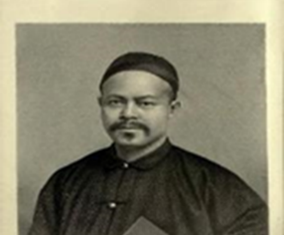At the end of the seventeenth century, ships and sugar streamed between the Caribbean and New England. Though it would be a mistake to suggest that New England was a slave society on par with South Carolina, Barbados, or Virginia, New England’s economy grew larger and more powerful, not because of slavery’s distance or marginality, but because of its centrality. This Atlantic slave economy made an imprint across the entire region. Rural New Englanders provided the draft animals and the foodstuffs that Caribbean plantations relied on. They sought out and consumed the rum and sugar those plantations produced. In towns like Lebanon and Groton, the enslaved faced unique forms of racism and oppression, which reflect the particularities of New England town life.
This virtual presentation by Isaac Lee, a New England Regional Fellowship Consortium grantee, will explore this history and explain how rural New England sustained Atlantic slavery.
This virtual presentation is free and open to the public. Click here to register.
Questions? Contact Public Programs and Special Events Coordinator, Jen Busa via email at jbusa@connecticutmuseum.org.
Image: “Spring on the Salmon River,” an original painting by Maggie Arnold, depicting Venture Smith’s homestead on Haddam Neck. The illustration is based on recent archaeological findings, 2009.




